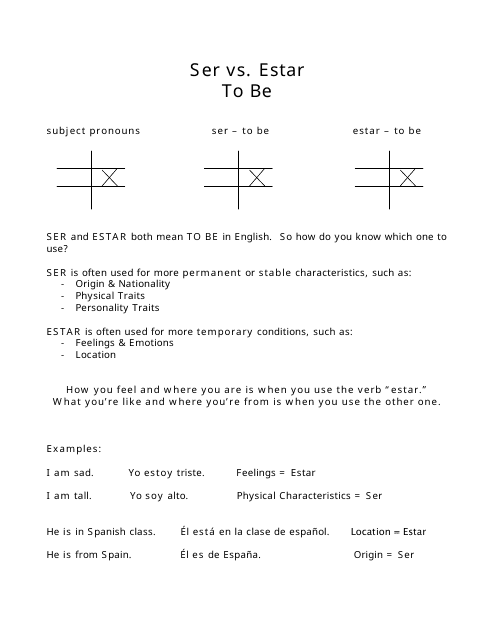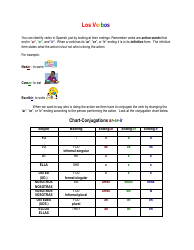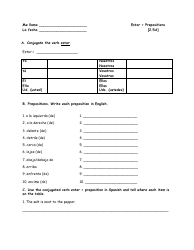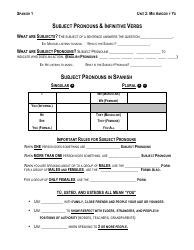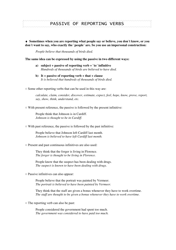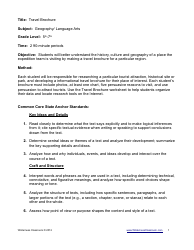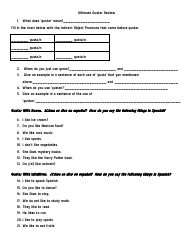Verbs Ser and Estar Spanish Language Worksheet
The Verbs Ser and Estar Spanish Language Worksheet is a tool used to practice and reinforce the correct usage of the Spanish verbs "ser" and "estar." It helps students understand the differences in meaning and usage between these two verbs.
FAQ
Q: What are the uses of the verb 'ser' in Spanish?
A: Ser is used to indicate permanent characteristics, nationality, profession, and time and dates.
Q: What are the uses of the verb 'estar' in Spanish?
A: Estar is used to indicate temporary states, location, feelings, and conditions.
Q: When do we use 'ser' to talk about nationality?
A: We use 'ser' to talk about nationality when referring to someone's origin or country of citizenship.
Q: When do we use 'estar' to talk about location?
A: We use 'estar' to talk about location when referring to where someone or something is located at a specific moment.
Q: Can 'ser' and 'estar' be used interchangeably?
A: No, 'ser' and 'estar' cannot be used interchangeably as they have different meanings and are used in specific contexts.
Q: What are some examples of using 'ser' in Spanish?
A: Some examples of using 'ser' include 'Soy alto' (I am tall) and 'Eres inteligente' (You are intelligent).
Q: What are some examples of using 'estar' in Spanish?
A: Some examples of using 'estar' include 'Estoy cansado' (I am tired) and 'Estás feliz' (You are happy).
Q: Can you explain the difference between 'ser' and 'estar' in Spanish?
A: The difference between 'ser' and 'estar' in Spanish lies in the permanence or temporality of the state or characteristic being described.
Q: Is it easy to understand when to use 'ser' and 'estar' in Spanish?
A: Understanding when to use 'ser' and 'estar' in Spanish can be challenging, but with practice and exposure, it becomes easier.
